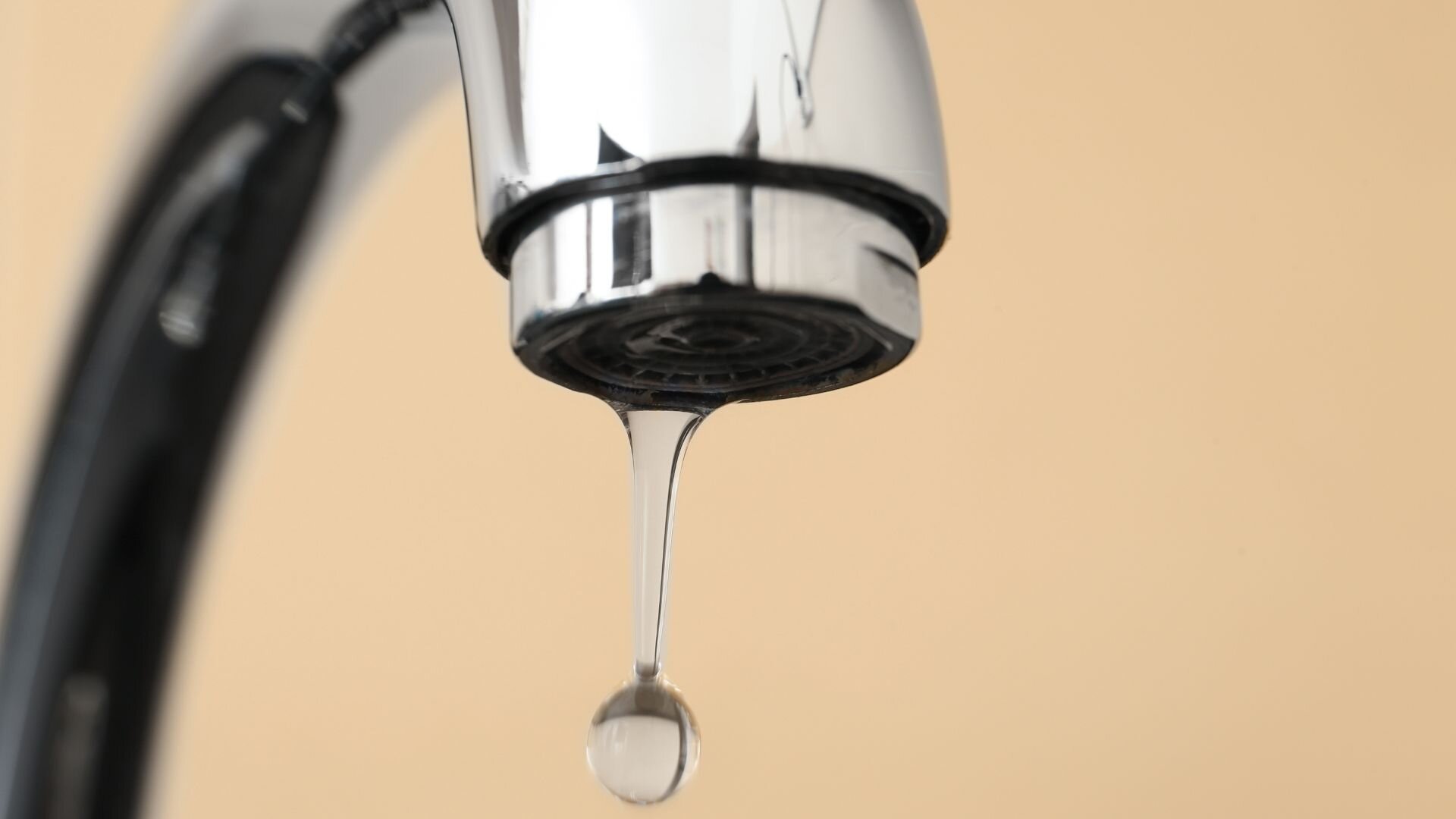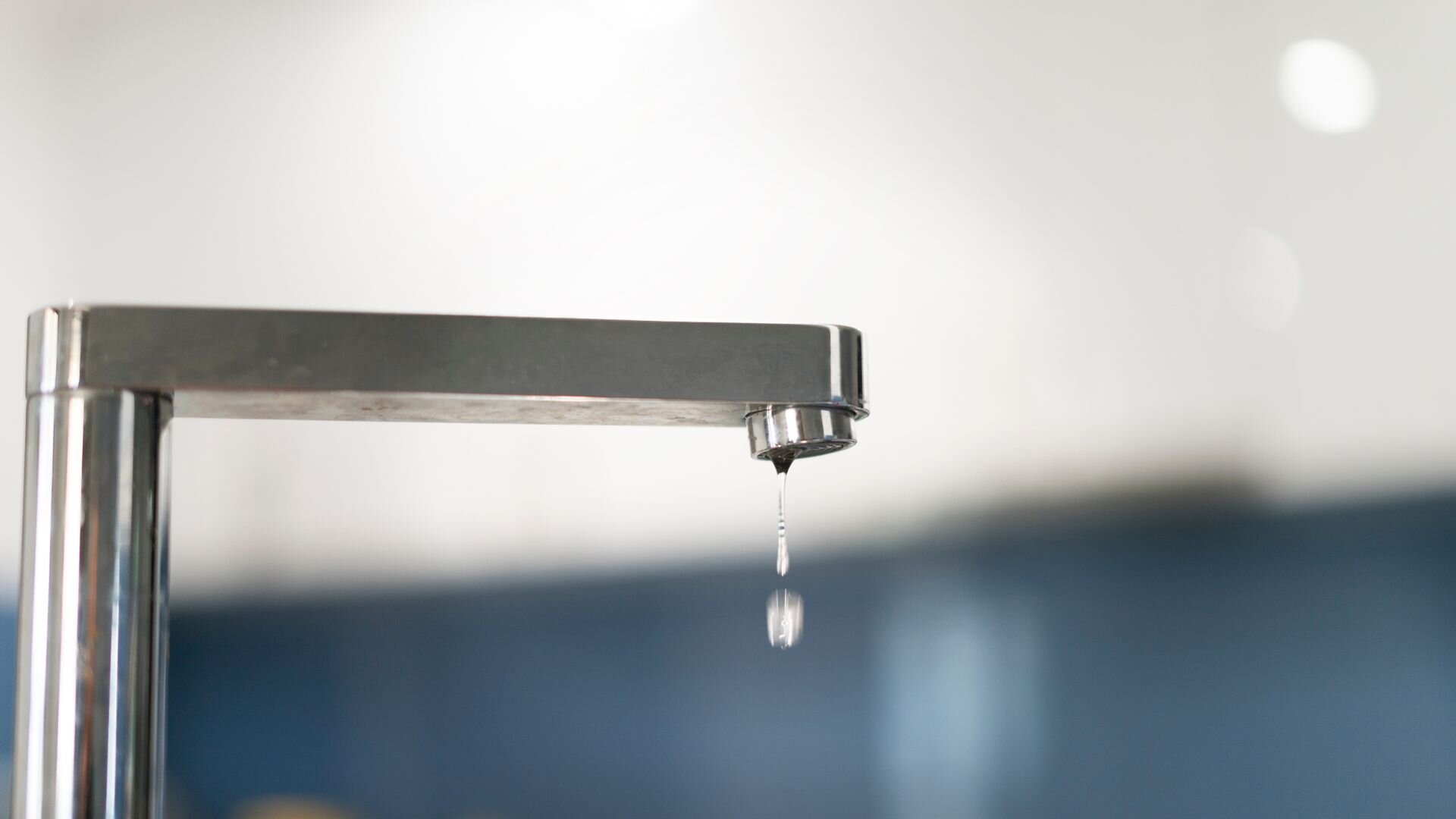A leaky tap might seem like a trivial annoyance, but its effects go well beyond the nuisance of a persistent drip. Left unchecked, a single leaking tap can waste up to 20,000 litres of water annually—equivalent to 55 litres every day. That’s enough to fill an average-sized swimming pool or add as much as $25 to each water bill. While the financial cost may catch your attention, the environmental toll is equally significant. This seemingly small problem contributes to water wastage, depleting one of our most precious resources and placing unnecessary strain on our environment.
Understanding the impact of leaky taps highlights the importance of regular maintenance. By addressing issues early, you can prevent escalating water bills, conserve valuable resources, and contribute to a more sustainable future.
In this blog, we’ll explore practical steps to maintain your taps, stop leaks before they start, and save both money and the environment in the process. Taking control of minor plumbing issues today can lead to significant benefits for your home and planet tomorrow.
Identifying Common Causes of Tap Leaks

Leaking taps can occur for various reasons, and understanding these can help you address them effectively.
Worn Washers
One of the most common causes is worn washers. Over time, washers become thin or brittle, which leads to leaks.
Damaged Seals
Damaged seals are another common culprit. Seals that have been in use for a long time may crack or become worn, making it difficult for the tap to fully close off the water flow.
Corrosion
Corrosion is also a potential cause, especially in older taps, where internal parts may rust or degrade. Understanding these causes is key to preventing and managing tap leaks efficiently.
Essential Tools for DIY Tap Maintenance
To effectively maintain your taps and fix minor leaks, you’ll need a few essential tools. An adjustable spanner is crucial for loosening and tightening tap parts, allowing you to access internal components.
Screwdrivers are also necessary, especially for removing screws to disassemble the tap. Replacement washers are perhaps the most important item; having them on hand means you can quickly swap out a worn washer causing a leak.
With these tools, you’ll be well-equipped to take on basic tap repairs yourself.
Step-by-Step Guide to Fixing a Dripping Tap
Fixing a dripping tap might sound daunting, but with the right steps, it’s a manageable task for most homeowners. Here’s how you can do it:
- Turn Off the Water Supply: Start by turning off the water supply to your tap. This prevents any accidents or unnecessary flooding while you’re working.
- Plug the Basin: Before you begin disassembling, plug the basin. This simple step ensures you don’t lose any small parts, such as screws or washers, down the drain.
- Disassemble the Tap: Use a screwdriver to remove the handle of the tap. If necessary, use an adjustable spanner to access deeper parts of the tap mechanism.
- Inspect and Replace the Washer: Once disassembled, you should be able to see the washer. If it looks worn or damaged, replace it with a new one. Ensure the replacement washer is the correct size.
- Check the O-Ring and Seals: Inspect the O-ring and any seals. If they’re damaged, replacing them is advisable to ensure a complete fix.
- Reassemble the Tap: Once you’ve replaced any worn components, carefully reassemble the tap. Make sure everything is tightened properly, but avoid over-tightening, as this can cause damage.
- Turn On the Water Supply: Finally, turn the water back on and test the tap. Ensure there are no leaks and that the tap functions smoothly.
Tips for Regular Tap Maintenance
Inspect Taps Regularly
Regular maintenance is key to preventing future leaks. Inspect your taps periodically to ensure washers and seals are in good condition. Look for signs of rust or damage, and act quickly to replace any worn parts.
Clean Taps and Aerators
Additionally, clean the taps and aerators to remove mineral build-up that can cause inefficiencies. Mineral deposits can restrict water flow and lead to unnecessary wear on tap components.
Extend Tap Lifespan
These simple practices can extend the life of your taps and prevent expensive repairs. Regular inspections and cleanings are small efforts that yield significant savings by avoiding costly leaks and water wastage.
Situations That Call for Professional Help

While many tap issues can be addressed with some basic DIY knowledge, there are times when calling a professional is essential. If your tap has a persistent leak despite attempts to fix it, it might indicate a deeper issue with the plumbing.
Complex problems, such as corroded pipes or faulty valves, require a professional’s expertise to avoid further damage or safety hazards. In these cases, bringing in a licensed plumber can save time, effort, and potentially costly damage to your home.
Sustainable Practices for Water Conservation
Beyond fixing leaks, there are other ways you can reduce water usage and help the environment. Consider installing tap aerators, which add air to the water flow and reduce overall consumption without affecting pressure.
Opt for water-efficient taps that are designed to use less water while providing the same level of performance. These small changes contribute significantly to water conservation, benefiting both the planet and your wallet.
Additional Water-Saving Tips
In addition to repairing leaks and installing water-efficient taps, there are other everyday actions that can contribute to saving water. For example, avoid leaving taps running while brushing your teeth or washing dishes.
Shortening your shower time can also make a significant impact, as can using a broom instead of a hose to clean driveways. Collecting rainwater for gardening is another effective way to conserve water at home.
Keep Your Home Leak-Free: Your Next Steps
Taking care of leaky taps not only saves you money but also helps conserve one of our most precious resources—water. Regular DIY maintenance and prompt repairs are essential in keeping your plumbing system in good shape.
However, if you encounter more complex issues or need extra assistance, Service First is here to help. Don’t let leaks go unchecked— reach out to us today for expert Tap Leaks services and keep your home running smoothly.


